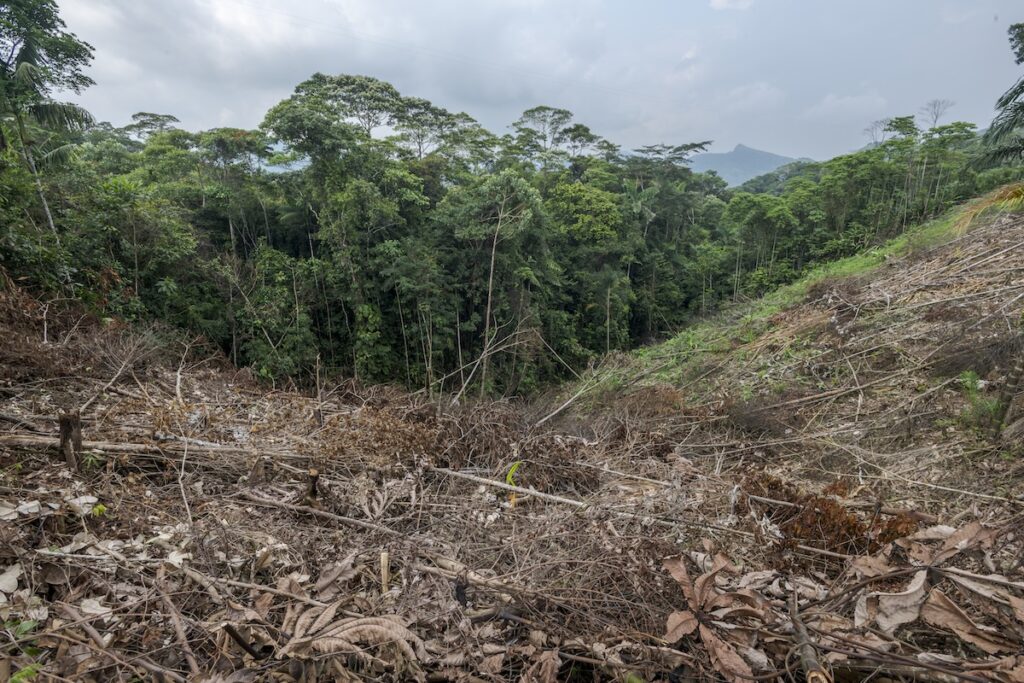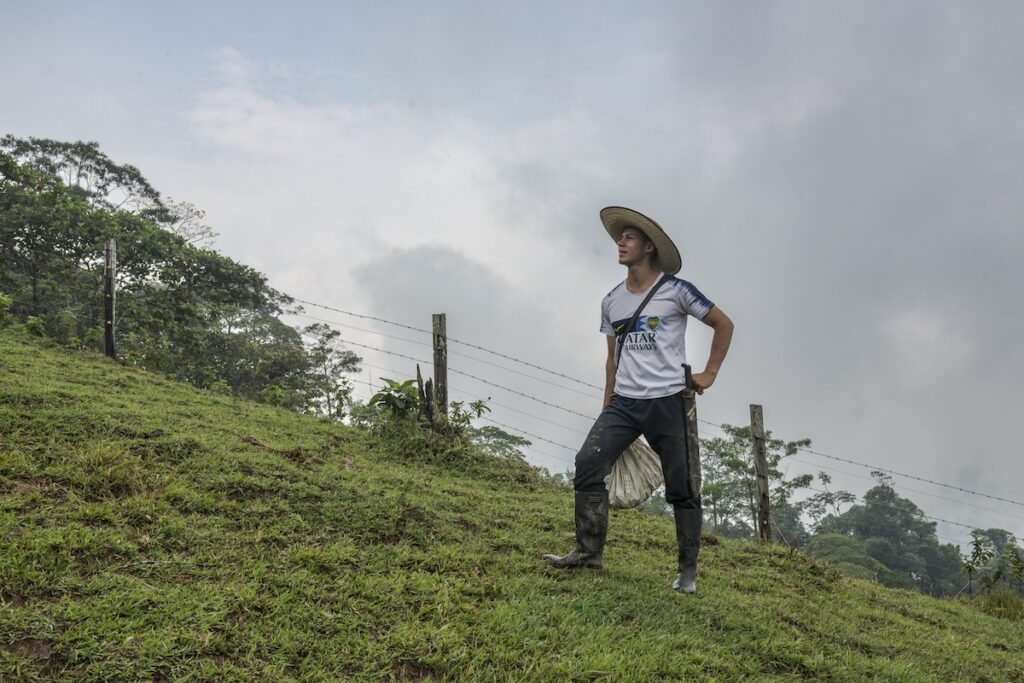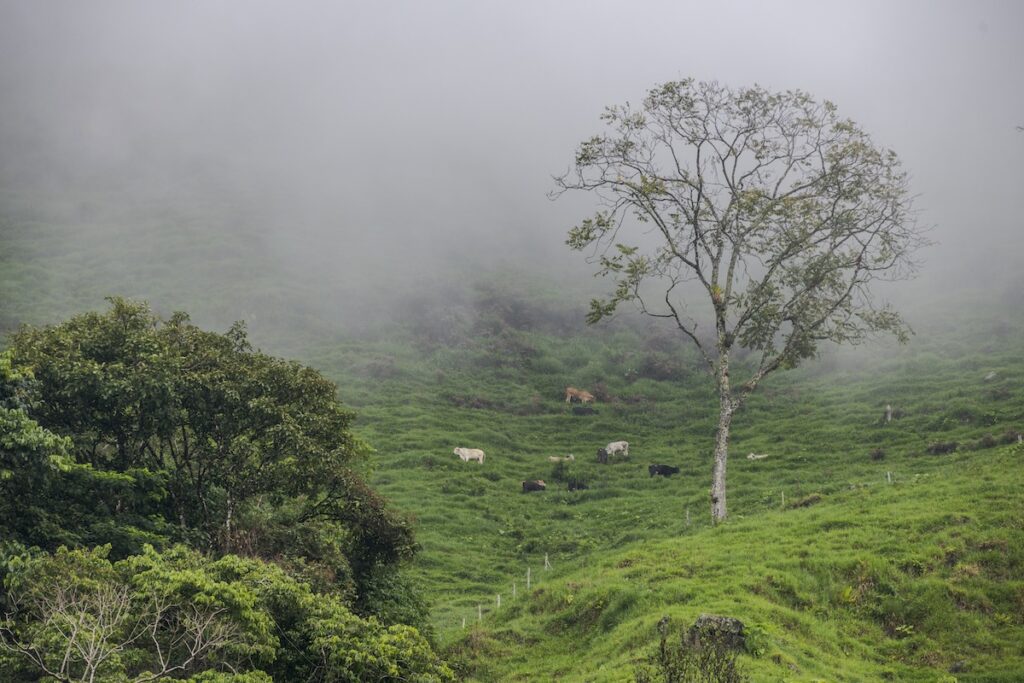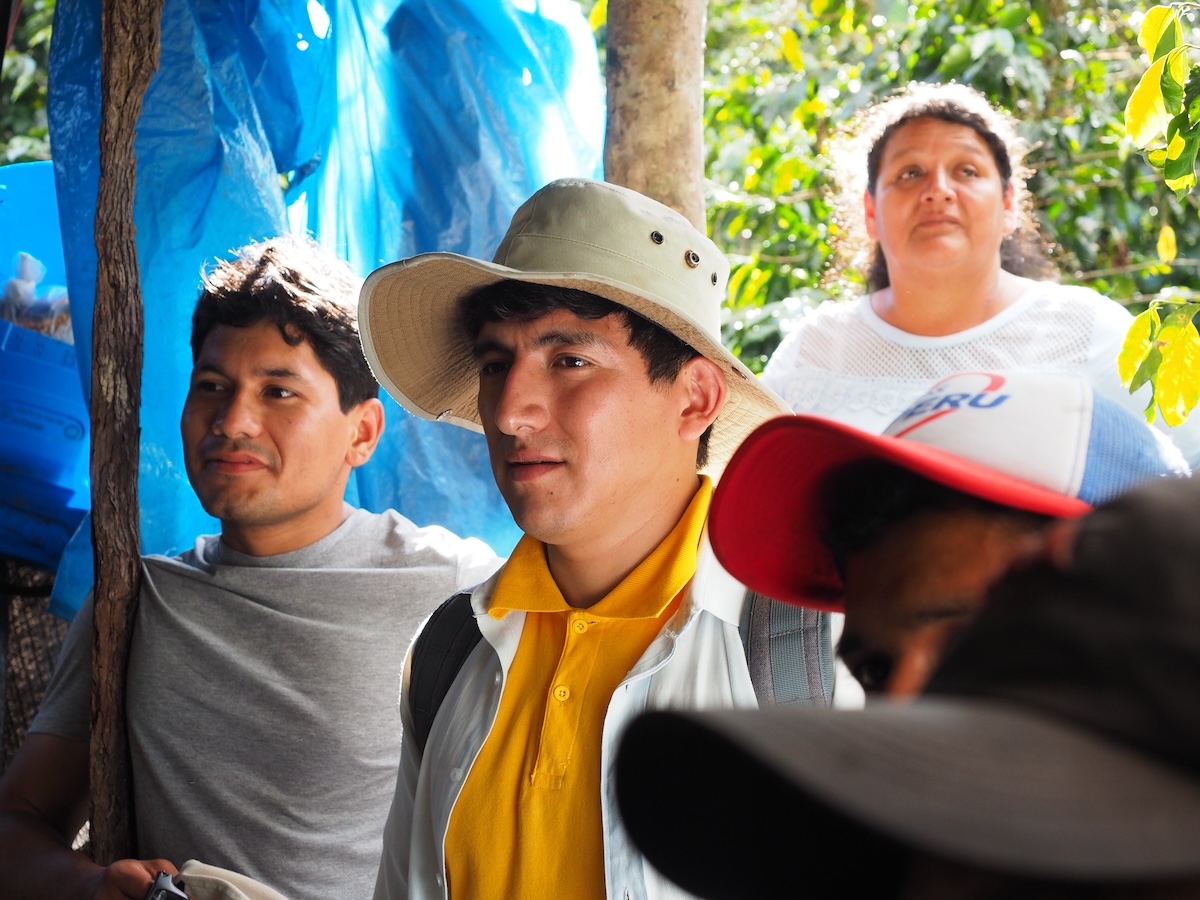Around the world, approximately 1.6 billion people directly rely on forests for their livelihoods. While forests cover just over 30 percent of the Earth’s surface, they house up to 80 percent of global terrestrial biodiversity. Forests provide important ecosystem services that are grossly undervalued.
Over the last three decades rates of global forest loss have declined, but loss of tropical forests, particularly in the Amazon, continues at alarming rates with negative impacts on climate change, rural livelihoods, and biodiversity conservation. Effectively addressing deforestation is an essential climate solution, as deforestation, forest degradation, and peatland emissions account for 15 percent of global greenhouse gas (GHG) emissions.
Drivers of tropical deforestation and forest degradation
Most tropical deforestation is the result of agricultural expansion for commodity production. Recent estimates suggest the world is losing approximately 10 million hectares annually, predominantly linked to agriculture.
There are four global commodities that primarily drive tropical deforestation:
- Cattle
- Soybeans
- Palm oil
- Timber
Other commodities linked to deforestation include cocoa, coffee, and rubber, among others. Outside of agriculture, deforestation has numerous drivers, such as illegal mining, fire, infrastructure development, and urbanization. However, deforestation is a complex issue, and underlying factors exist, including shifting demographics, policy and institutional changes, and social and cultural factors.
These drivers operate at multiple levels and involve a range of actors across sectors and even borders, making deforestation a difficult challenge to address effectively through isolated interventions.

What are jurisdictional approaches, and why are they important?
In the past, attempts to address deforestation occurred predominantly at the farm level or the national or international level. Efforts were often sector-specific, primarily focused on eliminating deforestation in certain commodity supply chains. However, these approaches often overlooked critical actors: state, provincial, and local governments. Most land-use decisions are made at this ‘subnational’ level.
Subnational decision-makers are well-placed to tackle deforestation through improving land use planning and zoning, strengthening regulatory frameworks, enforcing public policy and laws, improving land tenure, and mobilizing financial and technical resources for sustainable agriculture. A challenge as complex as deforestation requires the involvement of all stakeholders, including local governments, the private sector, civil society organizations and citizens to ensure durable and effective solutions that serve diverse interests.
A jurisdictional approach (JA) works with a high level of government involvement to reconcile competing social, economic, and environmental objectives across a political geography, for example county, state, regional or national level. JAs are holistic and collaborative approaches to reduce deforestation and forest degradation and restore degraded landscapes that integrate many initiatives, including:
- Alignment on local strategies, policies and development plans
- Establishment of monitoring and measurement, reporting, and verification (MRV) systems
- Promotion of sustainable land use practices, such as low carbon agriculture
- Channeling, mobilizing, and leveraging finance for low-emissions rural development (LED-R)
- Aligning government agencies and technical extension services to LED-R goals
- Strengthening gender equality and social inclusion
Low Emission Rural Development Strategies (LED-R) are a particular type of JA that work with rural communities to increase climate stability on the scale of an entire jurisdiction. JAs complement supply chain approaches, which leverage private sector investment, but often lack the government engagement necessary for long-term, scalable impact. JAs help address the systemic drivers and underlying causes of deforestation, and require multiple stakeholders to come together to achieve a collective goal.
Challenges and limitations of jurisdictional approaches
Despite the potential of JAs, some challenges and limitations exist. First, JAs can be expensive and challenging to implement in practice. There is a significant need for additional public and private sector investment to scale up these approaches. However, companies may not be interested in supporting a particular jurisdiction if the commodities they source are not tied to that specific location.
Moreover, companies may divest in regions where deforestation is high to reduce exposure to reputational risks or to comply with internal zero-deforestation sourcing policies. This divestment of sustainably-minded companies leaves those high deforestation regions without the critical investment needed to develop and implement strategies to control deforestation.
Another challenge is that in some jurisdictions, existing regulatory frameworks do not exist, and there is limited technical capacity to implement this type of approach.
Jurisdictional approaches rely on good governance at the subnational level to be successful. Changes in administrations can quickly lead to changing priorities or delays in action. As a result, it’s important to take a long-term approach, building relationships and trust within civil service agencies… .
Matt Warren, a scientist at Earth Innovation Institute
“Jurisdictional approaches rely on good governance at the subnational level to be successful,” shares Matt Warren, a scientist at Earth Innovation Institute. “Changes in administrations can quickly lead to changing priorities or delays in action. As a result, it’s important to take a long-term approach, building relationships and trust within civil service agencies to socialize and orient incoming administrations to the goals shared by multiple stakeholders in a jurisdiction.
“At the same time, to achieve their targets and objectives, JAs require coordination and alignment among a diverse set of stakeholders who often have competing interests. Addressing these challenges will be a crucial component of scaling up JAs globally.”
Benefits and opportunities of jurisdictional approaches
Historically, many of the efforts to reduce deforestation and forest degradation have focused on the supply chains of companies sourcing forest-risk commodities. Many large companies have made pledges to eliminate deforestation from their supply chains, yet progress reporting on these commitments has been very limited. Initiatives like Supply Change are working to increase transparency and accountability within corporate commitments. While market-based mechanisms are an important element of addressing deforestation, alternative, complementary approaches will be necessary.
When implemented successfully, JAs have the potential to address a key gap in current deforestation reduction strategies while also improving inclusivity and democratizing land use management. By engaging all relevant stakeholders and aligning their efforts, JAs can help to overcome the fragmented and siloed approaches that have often characterized efforts to protect remaining forests and restore degraded landscapes. One of the main benefits of JAs is that they leverage the power of public policies, regulations, and programs to support LED-R goals. Supporting smallholder farmers to maintain or increase their agricultural production while improving climate resilience and reducing deforestation and forest degradation is a common challenge in many tropical regions.
Additionally, JAs increase the potential for designing strategies that address multiple direct and indirect drivers of deforestation. By addressing a range of drivers rather than focusing on a single cause of deforestation, JAs can lead to broader positive impacts. JAs also provide a framework for inclusion of a wider range of actors, including historically marginalized groups such as women, smallholder farmers, Indigenous groups, and local communities. JAs also go beyond benefit sharing to consider who is engaged in design processes, platforms, and implementation strategies.

Jurisdictional approaches: An example in the Amazon River Basin
Jurisdictional sustainability – the successful transition to sustainable development across entire political geographies – can be achieved through JAs. The key challenge is the lack of a one-size-fits-all approach because every jurisdiction is unique and on its own sustainability journey. In 2018, Earth Innovation Institute, the Center for International Forestry Research, and the Governors’ Climate and Forest Task Force conducted a study of JAs in 39 subnational jurisdictions in 12 countries across Africa, Asia, and Latin America. The study compared jurisdictions across nine key elements of jurisdictional sustainability.
Researchers found that most jurisdictions are still in the early or intermediate stages of progress toward jurisdictional sustainability with additional support needed to advance LED-R strategies. In Latin America, progress varies significantly, but Brazil has some of the more robust systems in place.
Since 2022, Solidaridad has sought to address deforestation in the Amazon through Amazonia Connect, a partnership between the U.S. Agency for International Development, Earth Innovation Institute, the National Wildlife Federation, and the University of Wisconsin, Madison. Amazonia Connect aims to scale low-carbon agriculture (LCA) and deforestation-free production (DFP) while improving biodiversity conservation in high-biodiversity regions of the Amazon that house the supply sheds of international and domestic companies. Over five years, Amazonia Connect will work in coffee, palm oil, cattle and dairy value chains in Brazil, Colombia, and Peru.

Amazonia Connect integrates jurisdictional approaches with supply chain efforts to maximize impact and build the capacity of municipal and regional governments to adopt LED-R strategies that prioritize LCA and DFP. Because each jurisdiction involved in Amazonia Connect is at a different stage of progress toward jurisdictional sustainability, the project activities are specific to each region.
For example, in Peru, work is focused on unlocking finance to implement LED-R strategies that have already been designed, published, and approved by regional governments but lack the necessary roadmaps and finance plans to implement these strategies. In Brazil, the focus is on developing jurisdictional REDD+ programs to activate the forest carbon market and generate reliable, high-quality credits for sale on the voluntary market. Finally, in Colombia, Amazonia Connect is focused on developing a LED-R strategy in Meta, and integrating LCA and DFP into Caquetá´s LED-R strategy.
Addressing deforestation and forest degradation: a promising path forward
Tropical forests globally play a vital role in sustaining the planet’s ecological, economic, and social well-being. Despite a slight decline in global forest loss rates in recent years, deforestation still poses a significant threat, especially in tropical regions, where it is driven primarily by agricultural expansion for commodity production. JAs, which bring together various stakeholders, including governments, local communities, the private sector, and civil society organizations, have emerged as part of the solution to this complex issue.
By leveraging the power of public policies, regulations, and programs to support LED-R goals, JAs can democratize land use management, increase climate resilience, and provide a more holistic approach to addressing deforestation. However, the challenges and limitations of JAs, such as their cost, technical complexity, and dependence on good governance, need to be addressed for them to be most effective. Nevertheless, JAs offer a promising path for combating deforestation, promoting rural development, and moving toward sustainable and inclusive land use.
This article was made possible thanks to the generous support of the people of the United States of America through the United States Agency for International Development (USAID). The contents of this article are the responsibility of the authors and do not necessarily reflect the views or positions of the U.S. Agency for International Development or the U.S. Government.

